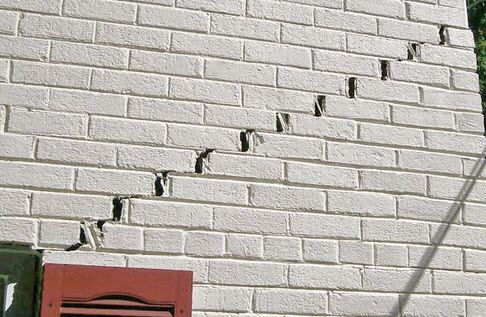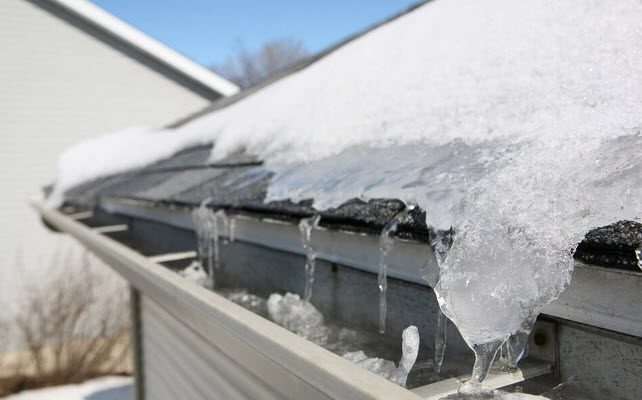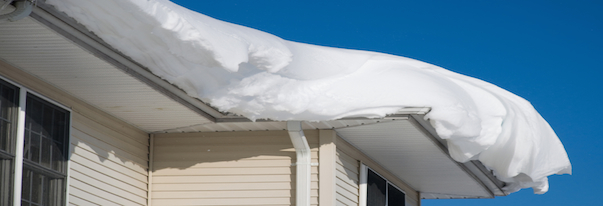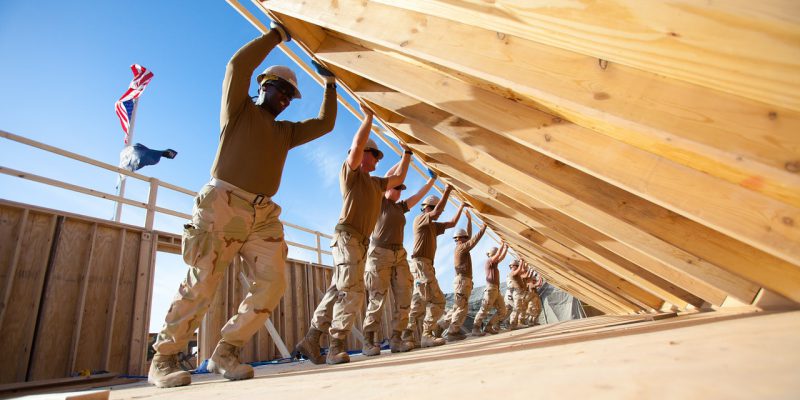40 YEAR STRUCTURAL INSPECTION & RECERTIFICATION?
40 Year Structural Inspection Recertification Inspections
Serving Broward, Miami-Dade, Hillsborough, Volusia and Palm Beach Counties
EMA Structural Forensic Engineers explains what a 40 year structural inspection or certification is and why it is important.
The 40 year structural inspection and recertification building inspection is required by law and is to ensure that buildings are structurally and electrically safe. Buildings must have the inspection performed by a structural engineer at 40 years of age from construction and every 10 years thereafter.
Although the cost of a Structural Inspection & Recertification can vary widely from professional to professional, there are certain basic items that can affect the cost. Either way, it is a good idea to understand what these potential issues are so you can discuss these with your engineer. Your engineer can provide you with a proposal once he has a good understanding of your building. Some engineers provide a price per condominium. Prices can range between $150 per door to $450 per condominium (depending on many factors). Others provide a price based on square footage. Still others take into consideration the location or the structure, its age, and even if it has a crawl space that he may have to squeeze into





